If A, B, C, D are numbers in increasing order and D, B E are numbers in decreasing order , then which one of the following sequences need neither be in a decreasing nor in an increasing order? E, C, D (b) E, B , C (c) D, B, A (d) A, E ,C
To solve the problem, we need to analyze the relationships between the numbers A, B, C, D, and E based on the given conditions.
1. Understanding the Order of A, B, C, D:
- We know that A, B, C, D are in increasing order. This means:
A<B<C<D
2. Understanding the Order of D, B, E:
- We also know that D, B, E are in decreasing order. This means:
D>B>E
3. Combining the Information:
- From the first set of inequalities, we can conclude:
D>C>B>A
- From the second set of inequalities, we can conclude:
D>B>E
4. Finding Relationships:
- From the above inequalities, we can combine them:
- Since D is the largest, we have:
D>C>B>E
- Therefore, we can summarize the order as:
D>C>B>E>A
5. Analyzing the Options:
- Now, we will check each option to see if it can be classified as either increasing or decreasing:
- (a) E, C, D: This is in increasing order (E < C < D).
- (b) E, B, C: This can be arranged as E < B < C, which is also increasing.
- (c) D, B, A: This is in decreasing order (D > B > A).
- (d) A, E, C: This does not fit into a clear increasing or decreasing order since A < E and E < C, but A is less than both E and C.
6. Conclusion:
- The sequence that does not need to be in either increasing or decreasing order is option (d) A, E, C.
Final Answer:
The sequence that need neither be in a decreasing nor in an increasing order is (d) A, E, C.
- We know that A, B, C, D are in increasing order. This means:
A<B<C<D
- We also know that D, B, E are in decreasing order. This means:
D>B>E
- From the first set of inequalities, we can conclude:
D>C>B>A
- From the second set of inequalities, we can conclude:
D>B>E
- From the above inequalities, we can combine them:
- Since D is the largest, we have:
D>C>B>E
- Therefore, we can summarize the order as:
D>C>B>E>A
- Now, we will check each option to see if it can be classified as either increasing or decreasing:
- (a) E, C, D: This is in increasing order (E < C < D).
- (b) E, B, C: This can be arranged as E < B < C, which is also increasing.
- (c) D, B, A: This is in decreasing order (D > B > A).
- (d) A, E, C: This does not fit into a clear increasing or decreasing order since A < E and E < C, but A is less than both E and C.
- The sequence that does not need to be in either increasing or decreasing order is option (d) A, E, C.
The sequence that need neither be in a decreasing nor in an increasing order is (d) A, E, C.
Topper's Solved these Questions
Similar Questions
Knowledge Check
Arrange the following compounds in their increasing pKb order:
(a)._2019_CBT7_E01_030_Q01.png)
(b)._2019_CBT7_E01_030_Q02.png)
(c)._2019_CBT7_E01_030_Q03.png)
(d)._2019_CBT7_E01_030_Q04.png) Ac<d<a<bBb<a<d<cCd<b<a<cDa<b<d<b
Ac<d<a<bBb<a<d<cCd<b<a<cDa<b<d<bIf a,b,c, are in A.P., b,c,d are in G.P. and c,d,e, are in H.P., then a,c,e are in
AA.P.BG.P.CH.P.Dnone of theseIf a,b,c are in H.P, b,c,d are in G.P and c,d,e are in A.P. , then the value of e is
Aab2(2a−b)2Ba2b(2a−b)2Ca2b2(2a−b)2DNone of these
The increasing order of the atomic radii of the following elements is: a) "C," b) "O," c) "F" d) " Cl " e)" Br "
View SolutionIn which of the following schools is the total number of students equal to the number of girls in School E ? A (b) B (c) C (d) D (e) F
View SolutionIf the numbers a, b, c, d, e are in arithmetic progression then find the value of a - 4b + 6c - 4d + e.
View SolutionArrange the following alcohols in the decreasing order of their ease of dehydration with H2SO4.
a.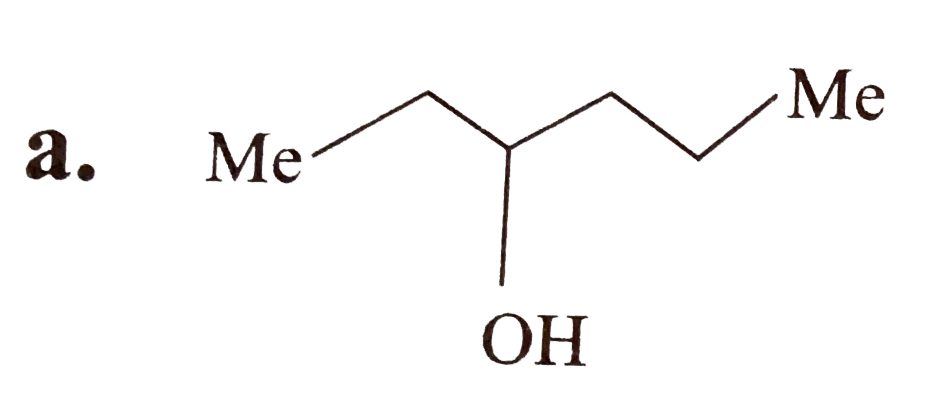
b.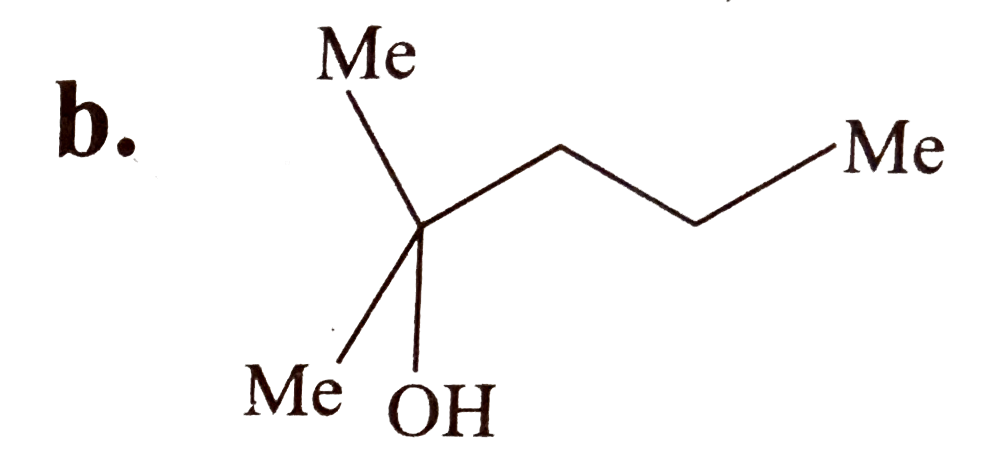
c.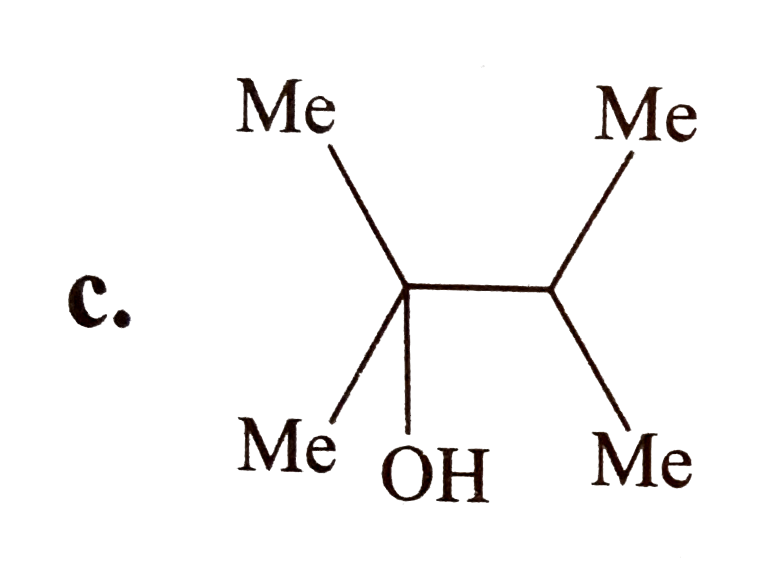
d.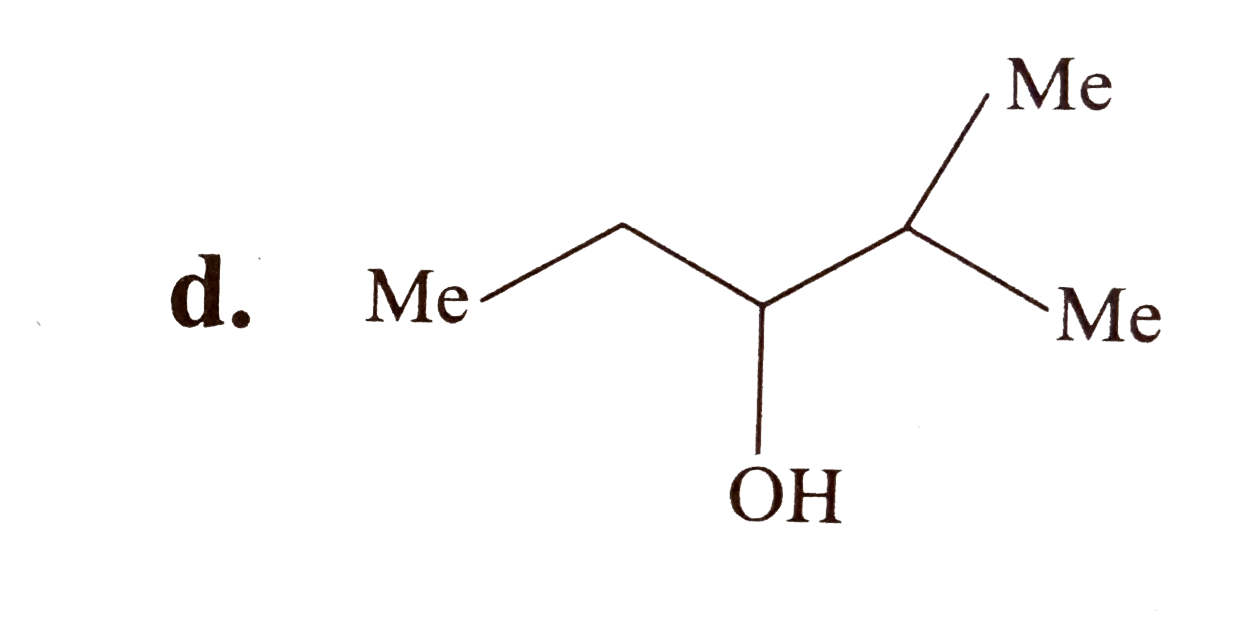
e.
View SolutionWhich one of the given responses would be a meaningful order of the following words ?
a. Fruit b. Flower c. Seed d. Pollination e. Bud (1)a,b,c,d,e (2)d,b,e,c,a (3)e,b,d,c,a (4)e,b,d,a,c
View Solution

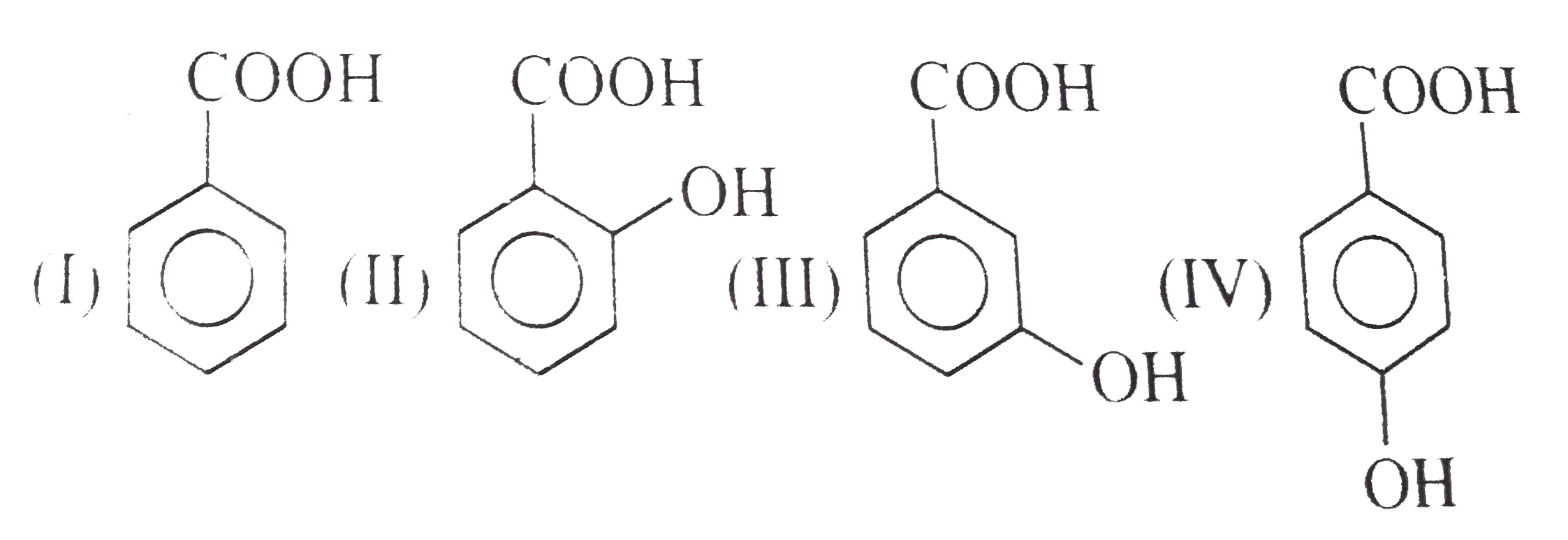
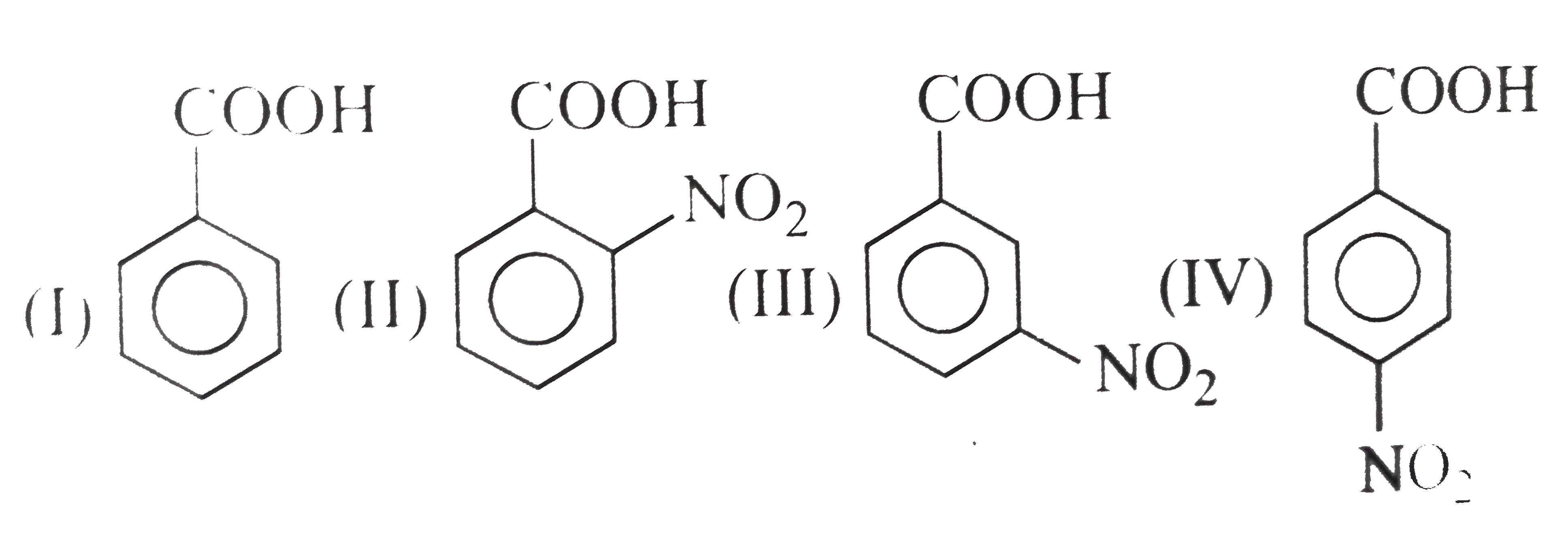

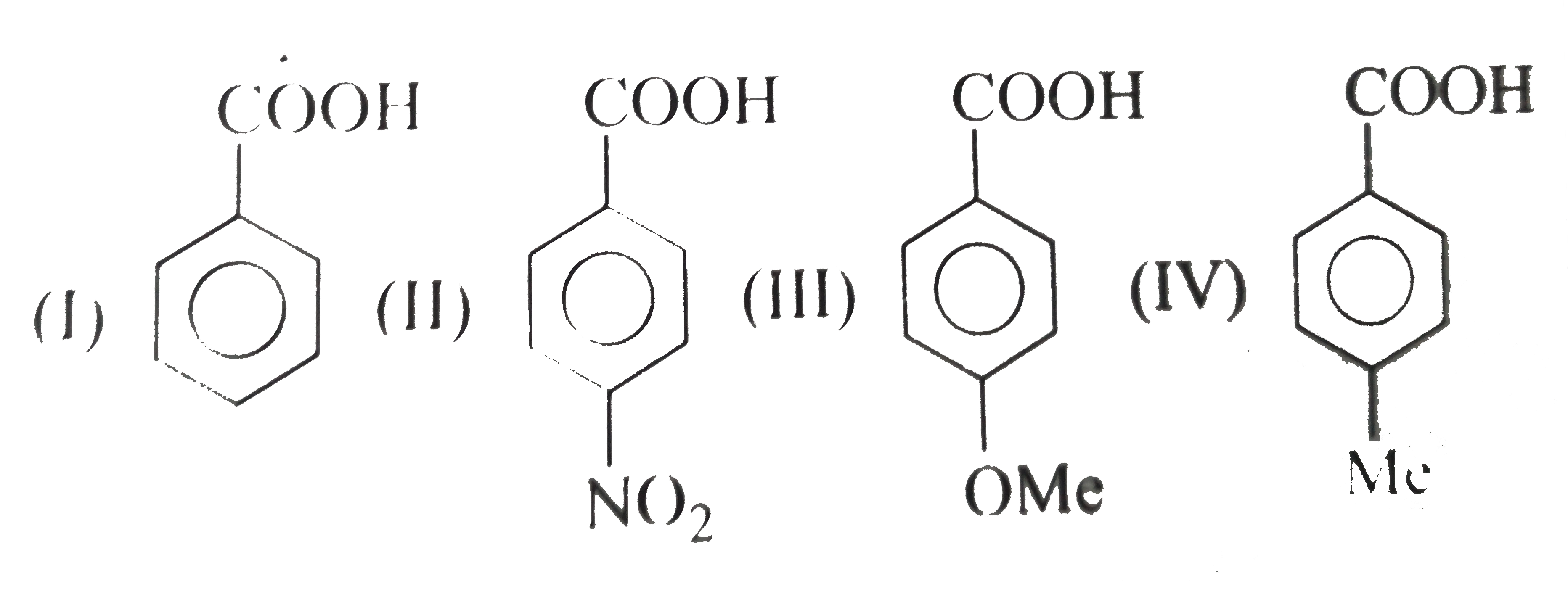
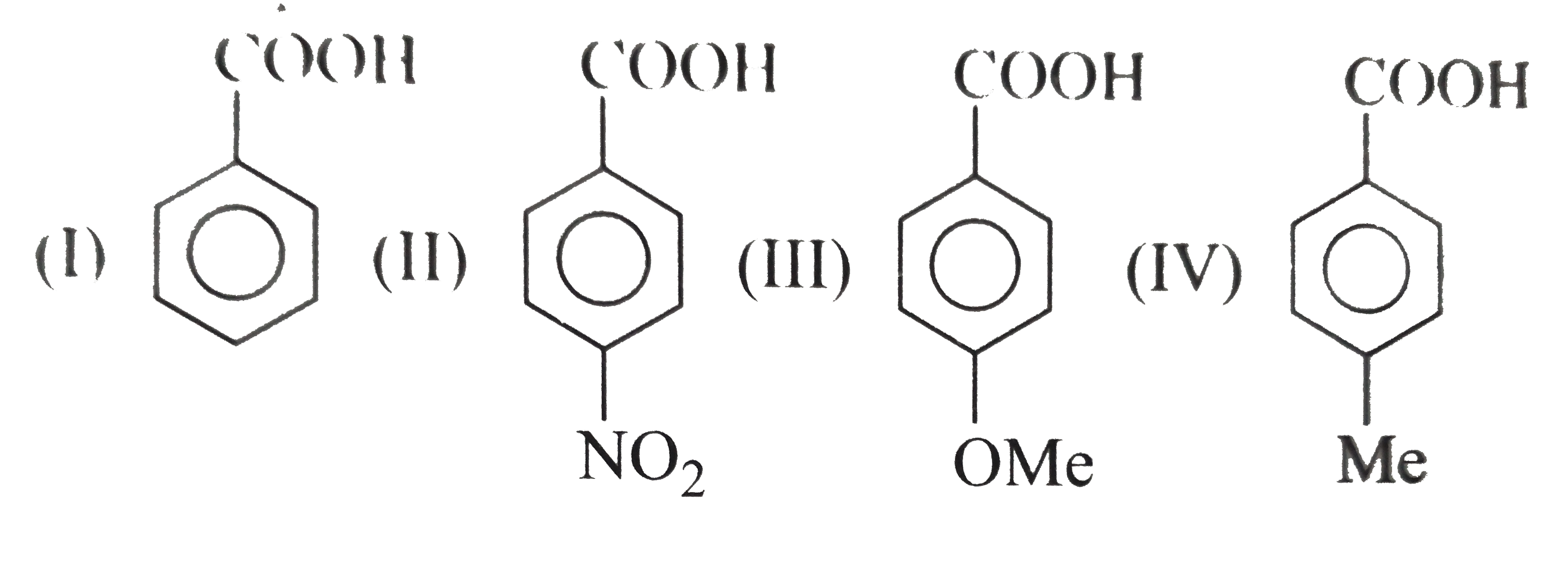
 .
.